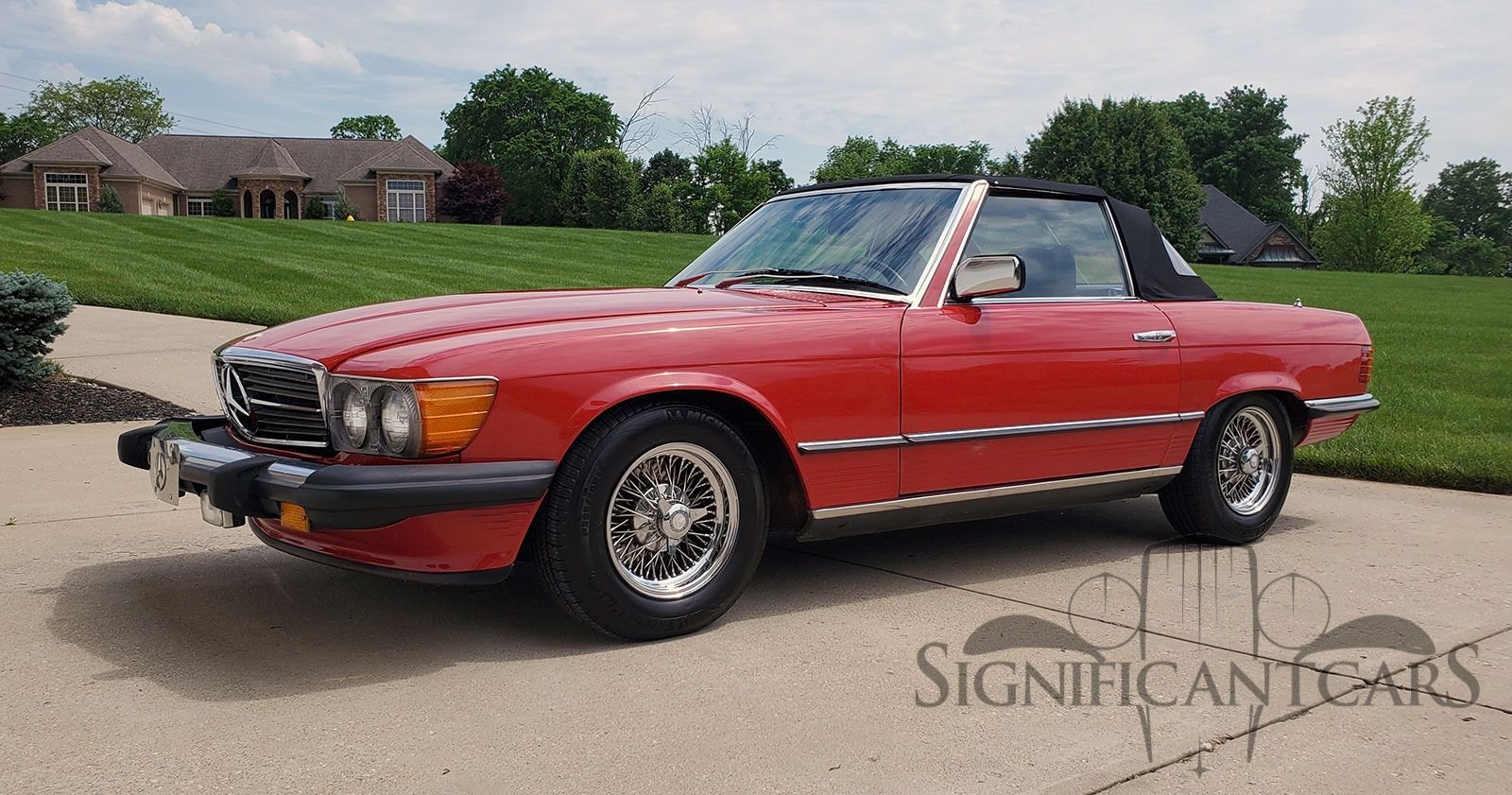Drivetrain
Chassis
Body
For the 4th generation SL -the R107-Mercedes took the chassis components of the midsize Mercedes-Benz W114 model and mated them initially to the M116 and M117 V8 engines used in the W108, W109 and W111 series. The SL variant was a 2-seat convertible/roadster with standard soft top and optional hardtop and optional folding seats for the rear bench. The SLC (C107) derivative was a 2-door hardtop coupe with normal rear seats. The SLC is commonly referred to as an 'SL coupe', and this was the first time that Mercedes-Benz had based a coupe on an SL roadster platform rather than on a saloon, replacing the former saloon-based 280/300 SE coupé in Mercedes lineup.
Volume production of the first R107 car, the 350 SL, started in April 1971 alongside the last of the W113 cars; the 350. Sales in North America began in 1972, and cars wore the name 350 SL, but had a larger 4.5L V8 (and were renamed 450 SL for model year 1973); the big V8 became available on other markets with the official introduction of the 450 SL/SLC on non-North American markets in March 1973. US cars sold from 1972 through 1975 used the Bosch D Jetronic fuel injection system, an early electronic engine management system.
From July 1974 both SL and SLC could also be ordered with a fuel-injected 2.8L straight-6 as 280 SL and SLC. US models sold from 1976 through 1979 used the Bosch K Jetronic system, an entirely mechanical fuel injection system. All US models used the 4.5 liter engine, and were called 450 SL/SLC.
The 280, 380 and 500 SLC were discontinued in 1981 with the introduction of the W126 series 380 and 500 SEC coupes.At this time, the V8 engines were re-tuned for greater efficiency, lost a few hp and consumed less fuel- this largely due to substantially higher (numerically lower) axle ratios that went from 3.27:1 to 2.47:1 for the 380 SL and from 2.72:1 to 2.27:1 for the 500 SL. From September 1985 the 280 SL was replaced by a new 300 SL, and the 380 SL by a 420 SL; the 500 SL continued and a 560 SL was introduced for certain extra-European markets, notably the USA and Japan. Also in 1985, the Bosch KE Jetronic was fitted. The KE Jetronic system varied from the earlier, all mechanical system by the introduction of a more modern engine management "computer", which controlled idle speed, fuel rate, and air/fuel mixture. The final car of the 18 years running 107 series was a 500 SL painted Signal red, built on August 4, 1989; it currently resides in the Mercedes-Benz museum in Stuttgart, Germany.
The "Tank Roadster"-as it is called by collectors-is arguably the most drivable and reliable of all the SL's. Rapidly rising in value in the collector car marketplace these cars are a sure bet for increased value as the years pass.
This rare European Delivery example features the rugged 6 Cylinder engine mated to a 5 Speed Manual gearbox. Having had few owners from new the car was imported to the States due to the desire to have a 5 speed instead of the Automatic that was pretty much standard on US Tank Roadsters. The car is just what one should look for when they go to buy a tank roadster- a car that has been pampered and babied its entire life, used on sunny summer days only, and always kept garaged. The seats show only minor wear, the car is rust free, drives perfectly, has a recent new Soft Top and Stainless Steel Exhaust, and needs nothing really but a happy new owner. Finished in the desirable Signal Red/Black livery, and complete with both tops, knock off Wire Wheels with fresh Michelins, and all books and records from new, this is a fine SL you can press into immediate service and show with confidence.













































